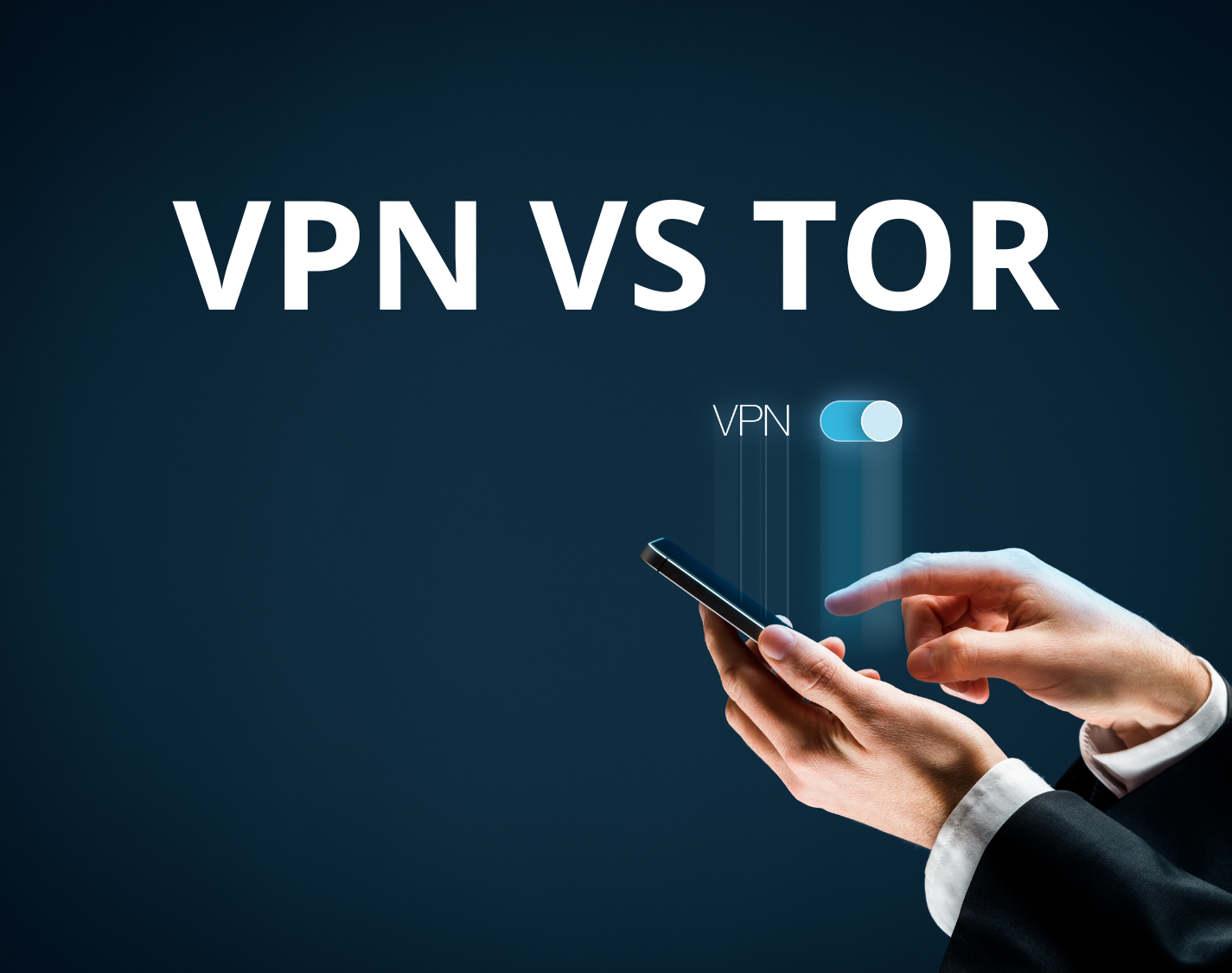
Welcome to our informative guide on understanding common types of cyberattacks, exploring the various cyber threats faced by individuals and organizations, and the associated cybersecurity risks. In today’s interconnected world, it is crucial to stay informed about the ever-evolving landscape of cyber threats to protect ourselves and our valuable information.
Cyberattacks come in various forms, ranging from data breaches to phishing attacks, ransomware, malware, social engineering, and denial of service attacks. Each of these poses unique risks and can have severe consequences for individuals and businesses alike.
By familiarizing ourselves with the common types of cyberattacks, we can better understand the methods used by threat actors and take proactive steps to safeguard our digital lives. In the following sections, we will delve into each of these cyber threats, examining their characteristics, impact, and effective strategies to mitigate the associated risks.
Whether you’re an individual concerned about your personal data or an organization striving to protect sensitive information and maintain operations, this guide will provide valuable insights and practical advice on securing yourself against cyber threats.
So let’s dive in and explore the world of common types of cyberattacks, the cyber threats we face, and the cybersecurity risks that necessitate our attention.
Data Breaches
Data breaches are a significant cybersecurity risk that individuals and businesses face in today’s digital landscape. These breaches occur when unauthorized individuals gain access to sensitive information, such as personal data or financial records. The methods used to execute data breaches can vary, ranging from sophisticated hacking techniques to exploiting weak security measures. The consequences of data breaches can be severe, with potential outcomes including identity theft, financial loss, reputational damage, and legal implications.
To protect against data breaches, it is essential to implement robust security measures. This includes using strong and unique passwords, regularly updating software and applications, encrypting sensitive data, and using secure connections when transmitting information. Additionally, individuals and businesses should stay informed about the latest cybersecurity threats and take proactive steps to mitigate risks.
Here are some key points to remember about data breaches:
- Data breaches involve unauthorized access to sensitive information.
- Methods used to execute data breaches can be varied and sophisticated.
- The consequences of data breaches can include identity theft, financial loss, and reputational damage.
- To protect against data breaches, implement strong security measures and stay informed about evolving threats.
Phishing Attacks

Phishing attacks pose significant cybersecurity risks, targeting individuals and organizations by tricking them into sharing sensitive information. These attacks involve malicious entities disguising themselves as trustworthy sources, such as banks or email providers, to deceive victims into revealing passwords, credit card details, or other confidential data. Being able to identify and prevent phishing attacks is essential to safeguard personal and financial information.
Common Phishing Techniques:
- Email Spoofing: Attackers send emails that appear to be from legitimate sources and prompt recipients to click on malicious links or download infected attachments.
- Website Spoofing: Fraudsters create fake websites that resemble genuine ones, tricking users into entering their credentials or financial information.
- Smishing: Attackers use text messages to deceive victims into clicking on malicious links or replying with personal information.
- Vishing: This technique involves scammers making phone calls and pretending to be representatives of trusted organizations to obtain sensitive data.
Tips to Spot and Avoid Phishing Attacks:
- Be skeptical of unsolicited emails, especially those requesting personal or financial information.
- Verify the legitimacy of emails and websites by double-checking the URL, looking for security indicators like HTTPS, and contacting the organization directly.
- Avoid clicking on links or downloading attachments from unknown or suspicious sources.
- Regularly update and maintain strong, unique passwords for all online accounts.
- Enable multi-factor authentication whenever possible to add an extra layer of security.
- Educate yourself and your team on phishing techniques and how to recognize and report suspicious activity.
By staying vigilant and practicing these preventive measures, individuals and organizations can minimize the risk of falling victim to phishing attacks and protect sensitive information from cybersecurity risks.
Ransomware
Ransomware is a type of malware that poses significant cybersecurity risks by encrypting files on a victim’s computer and demanding a ransom for their release. This form of attack has become increasingly prevalent, targeting individuals, businesses, and even government entities.
The impact of ransomware attacks can be devastating, causing financial losses, reputational damage, and a disruption of operations. Cybercriminals employ sophisticated techniques to distribute ransomware, such as spear phishing emails, malicious websites, or exploiting vulnerabilities in software systems.
To protect against ransomware, individuals and organizations must implement effective cybersecurity measures. This includes regularly backing up critical data, utilizing strong and unique passwords, keeping software up to date, and deploying robust antivirus software.
Measures to Protect Against Ransomware:
- Regularly back up important data to offline or cloud storage to minimize the impact of ransomware attacks.
- Ensure software and operating systems are patched and up to date to protect against known vulnerabilities.
- Exercise caution when opening email attachments or clicking on suspicious links, as these may contain ransomware.
- Enable automatic updates for all software and applications to ensure the latest security patches are installed.
- Implement strong and unique passwords for all accounts and consider using a password manager to securely store them.
- Train employees and individuals to recognize and report potential ransomware threats, such as suspicious emails or links.
- Regularly educate and update staff on cybersecurity best practices to maintain awareness and vigilance.
- Deploy reliable antivirus software and firewall solutions to detect and prevent ransomware infections.
- Consider implementing multi-factor authentication to provide an additional layer of security.
By taking proactive steps to mitigate cybersecurity risks posed by ransomware, individuals and organizations can minimize the likelihood of falling victim to these malicious attacks and safeguard their valuable data.
Malware
Malware, short for malicious software, poses a significant cybersecurity risk to individuals and organizations alike. This type of software is specifically designed to harm or gain unauthorized access to computer systems, compromising sensitive information and disrupting normal operations.
Types of Malware
There are various types of malware that cybercriminals employ to carry out their malicious activities. Some common examples include:
- Viruses: These self-replicating programs infect legitimate files and spread to other systems.
- Worms: Self-contained programs that can replicate and spread independently without the need for user interaction.
- Trojans: Disguised as legitimate software, trojans deceive users into installing them, allowing attackers to gain unauthorized access or control over a system.
- Ransomware: Ransomware encrypts files on a victim’s computer and demands a ransom for their release.
- Spyware: Designed to monitor and collect information without the user’s knowledge or consent.
- Adware: Displays unwanted advertisements and can track user behavior.
- Keyloggers: Capture keystrokes, recording sensitive information such as usernames and passwords.
Methods of Propagation
Malware can be spread through various methods, including:
- Email attachments: Cybercriminals often distribute malware through deceptive emails containing malicious attachments.
- Infected websites: Visiting compromised websites can lead to the inadvertent download or execution of malware.
- Drive-by downloads: Malicious code is automatically downloaded onto a user’s system when they visit a compromised website.
- Removable media: Malware can be transferred via infected USB drives or other removable storage devices.
- Software vulnerabilities: Exploiting weaknesses in software or operating systems to install malware.
Prevention and Protection
Protecting against malware requires a proactive approach. Here are some effective strategies:
- Use reputable antivirus software: Install and regularly update antivirus software to detect and remove malware.
- Keep software and systems up to date: Regularly update software and operating systems to patch vulnerabilities that malware may exploit.
- Exercise caution with email attachments: Avoid opening suspicious email attachments, especially from unknown senders.
- Be mindful of website visits: Only access reputable websites and be cautious of links that may lead to malicious websites.
- Enable firewalls: Firewalls can prevent unauthorized access and block incoming threats.
- Implement strong passwords: Use complex and unique passwords for different accounts to minimize the risk of unauthorized access.
- Educate and train users: Promote cybersecurity awareness among employees and individuals to recognize and avoid potential malware risks.
By understanding the threat of malware and implementing effective prevention measures, individuals and organizations can significantly reduce their cybersecurity risks and protect their valuable data and systems.
Social Engineering
Social engineering is a tactic used by cybercriminals to manipulate individuals into divulging sensitive information or taking actions that may compromise their own security. It exploits human psychology and trust to gain unauthorized access to systems or acquire valuable data. Understanding common social engineering tactics is essential in protecting yourself and your organization from cybersecurity risks.
Common Social Engineering Tactics
Attackers employ various tactics to deceive and manipulate their targets. Some common examples of social engineering include:
- Phishing emails and messages that appear to be from reputable organizations, tricking recipients into disclosing confidential information.
- Impersonating trusted individuals or professionals to establish trust and gain access to sensitive data.
- Baiting techniques, such as leaving infected USB drives or malware-infected files in public places to entice users into inserting them into their devices.
- Pretexting, where the attacker impersonates a legitimate individual or entity to extract personal or confidential information from the victim.
Recognizing and Defending Against Social Engineering Attacks
Protecting yourself and your organization from social engineering attacks requires a combination of awareness, vigilance, and proper cybersecurity practices. Here are some strategies to help you recognize and defend against social engineering:
- Stay informed and educated about the latest social engineering tactics and trends.
- Be skeptical of unsolicited emails, messages, or phone calls requesting personal information or urging you to take immediate action.
- Verify the authenticity of requests or communications by reaching out to the supposed sender through established contact channels.
- Never click on suspicious links or download attachments from unknown or untrusted sources.
- Regularly update and patch your software and systems to minimize vulnerabilities that can be exploited through social engineering attacks.
By understanding the common social engineering tactics and implementing proactive measures, individuals and organizations can significantly reduce their cybersecurity risks and protect their valuable information. Stay vigilant, question suspicious requests, and prioritize cybersecurity to stay one step ahead of cybercriminals.
Denial of Service
Denial of Service (DoS) attacks are a significant cybersecurity risk that aims to disrupt the availability of a service or website by overwhelming it with traffic. These attacks can have a severe impact on individuals and organizations, leading to financial loss, reputational damage, and compromised customer trust.
How DoS Attacks Work
During a DoS attack, an attacker floods the targeted system or network with an overwhelming amount of traffic, rendering it unable to handle legitimate user requests. This can be achieved through various means, such as sending a massive number of requests, exploiting vulnerabilities in the target’s network infrastructure, or utilizing botnets.
Potential Impact
Denial of Service attacks can result in significant downtime, causing inconvenience for users and disrupting critical services. Businesses can suffer financial losses due to decreased productivity, missed opportunities, and potential reputation damage. Furthermore, DoS attacks can also serve as a diversion tactic to distract IT staff while another security breach is carried out.
Mitigating DoS Attacks
To protect against DoS attacks, organizations need to implement robust cybersecurity measures:
- Network Monitoring and Traffic Analysis: Regularly monitor network traffic to identify unusual patterns or sudden spikes in traffic that may indicate an ongoing DoS attack.
- Bandwidth Management: Implement bandwidth management techniques to prioritize legitimate traffic and filter out malicious requests.
- Firewalls and Intrusion Prevention Systems: Deploy firewalls and intrusion prevention systems to detect and block suspicious traffic.
- Load Balancing: Distribute incoming traffic across multiple servers to prevent a single point of failure and increase system capacity.
- Content Delivery Networks (CDNs): Utilize CDNs to cache and distribute content, reducing the impact of DoS attacks by absorbing some of the traffic.
- Incident Response Plan: Develop a comprehensive incident response plan to minimize the damage caused by DoS attacks and facilitate timely recovery.
By taking proactive measures to strengthen their defenses and implementing a robust incident response plan, organizations can minimize the risk and mitigate the impact of Denial of Service attacks.
Conclusion
In conclusion, understanding the common types of cyberattacks and the associated cybersecurity risks is crucial for individuals and organizations alike. With the increasing number of cyber threats in today’s digital world, it is essential to implement effective security measures to protect sensitive information.
By staying informed about evolving threats and regularly updating security systems, individuals and organizations can minimize the risk of falling victim to cyberattacks. This includes using strong and unique passwords, enabling two-factor authentication, and regularly backing up data.
Furthermore, investing in robust cybersecurity solutions, such as firewalls and antivirus software, can provide an additional layer of protection against threats like data breaches, phishing attacks, ransomware, malware, social engineering, and denial of service attacks.
By adopting a proactive approach to cybersecurity and fostering a culture of awareness, individuals and organizations can work together to mitigate risks and safeguard valuable information in today’s digital landscape.
FAQ
What are the common types of cyberattacks?
Common types of cyberattacks include phishing attacks, malware infections, data breaches, ransomware attacks, social engineering, and denial of service (DoS) attacks.
What are the different cyber threats faced by individuals and organizations?
Individuals and organizations face various cyber threats, such as identity theft, financial fraud, unauthorized access to sensitive information, loss of data, reputational damage, and disruption of services.
What are the cybersecurity risks associated with cyberattacks?
The cybersecurity risks associated with cyberattacks include financial losses, compromised personal or business data, damage to reputation, legal consequences, and potentially costly recovery efforts.
How do data breaches occur, and what are their consequences?
Data breaches occur when unauthorized individuals gain access to sensitive information, such as personal data or financial records. The consequences of data breaches can include financial losses, identity theft, reputational damage, and legal liabilities.
What are phishing attacks, and how can I protect myself?
Phishing attacks involve tricking individuals into revealing sensitive information by posing as a trustworthy entity. To protect yourself from phishing attacks, be cautious of suspicious emails or messages, avoid clicking on unknown links, and verify the authenticity of requests before sharing personal or financial information.
What is ransomware, and how can I prevent it?
Ransomware is a type of malware that encrypts files on a victim’s computer and demands a ransom for their release. To prevent ransomware attacks, regularly update your software, use strong and unique passwords, backup your data, and exercise caution when opening email attachments or visiting suspicious websites.
What is malware, and how does it infect systems?
Malware refers to malicious software that can harm or gain unauthorized access to computer systems. Malware can infect systems through email attachments, infected websites, software vulnerabilities, removable storage devices, or social engineering tactics. Install reputable antivirus software and keep your operating system and applications up to date to prevent malware infections.
What is social engineering, and how can I protect myself?
Social engineering involves manipulating individuals to divulge sensitive information or perform actions that go against their own interests. To protect yourself from social engineering tactics, be skeptical of unsolicited requests, avoid sharing personal information with unknown individuals, and verify the legitimacy of requests before taking any actions.
What are denial of service (DoS) attacks, and how can they be mitigated?
Denial of Service (DoS) attacks aim to disrupt the availability of a service or website by overwhelming it with traffic. To mitigate the impact of DoS attacks, organizations can implement traffic monitoring and filtering measures, use content delivery networks (CDNs), and leverage load balancing techniques.




